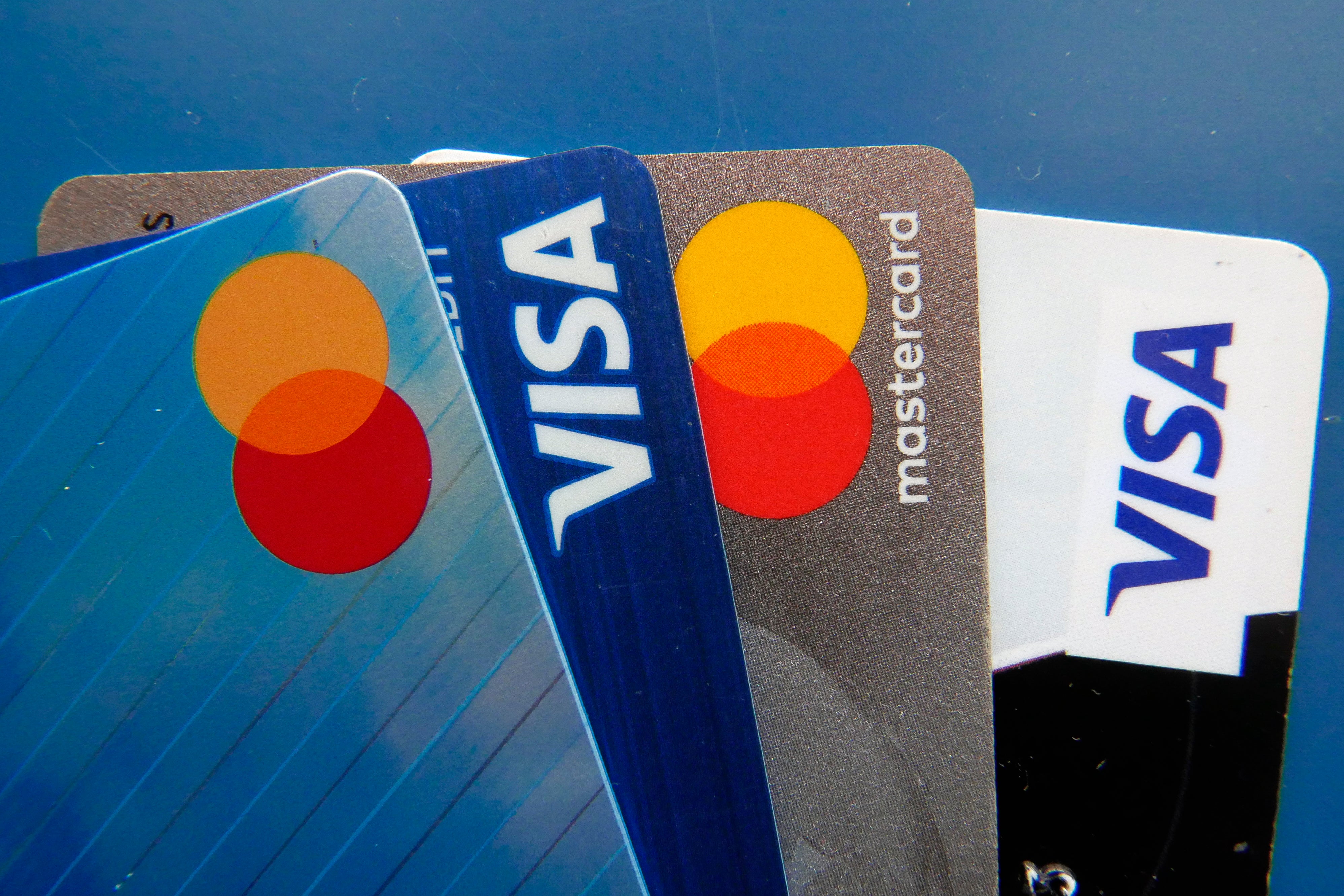UK households to take on £16bn more credit card and loan debt as living costs soar
Analysts forecast ‘significant’ rise in unsecured borrowing to pay for bills and essential purchases

Struggling households will increasingly use credit cards to cover bills and essential purchases as living costs rise sharply this year, according to a new report.
The EY Item Club forecasts a “significant” rise in credit card borrowing and unsecured loans, reversing a trend which saw consumers pay off debts during the pandemic.
It expects consumer credit to jump by £16bn this year, a rise of 7.9 per cent, followed by a 5.5 per cent increase in 2023.
The figures will add to pressure on Rishi Sunak to announce more financial support as Britain faces its sharpest fall in living standards since at least the 1950s.
The chancellor is understood to be considering a range of additional help but said last week that it would be “silly” to offer more support for rising energy bills now.
He is said to be hoping to wait until the autumn before unveiling any further assistance, but faces calls to act urgently as a growing array of economic warning signs begins to flash.
Inflation is on course to hit a 40-year high while consumer confidence has plunged to its lowest level since the financial crisis. Retail sales also fell faster than expected last month as shoppers tightened their belts.
Economists have warned that failure to bring in targeted measures to help people – particularly those on lower incomes – could reduce confidence further, increasing the risk of a recession.
If the government does not spend more to cover the cost of rising bills, households must take a bigger hit to their own balance sheets, cutting back spending and causing a knock-on impact on businesses.
EY’s latest report suggests large numbers of people could take out more debt to help them get by.
Net lending via credit cards reached £1.5bn in February, more than three times higher than the average of the previous six months and the most since Bank of England records began in 1993.
Annual growth in credit card lending was 9.4 per cent, a five-year high. This trend is set to continue as increasing numbers of people use credit cards to pay bills and cover essential spending, EY said.
The Bank of England will release its latest lending data on Wednesday.
Anna Anthony, UK Financial Services Managing Partner at EY, comments: “Households are already feeling the cost of living squeeze and unfortunately this is set to worsen over the coming months, with inflation set to hit a 40-year high.
“If there are silver linings to be found both for consumers and for the firms financing lending activity, it’s that interest rates currently remain historically low and overall debt relative to income is also fairly low.”
While rates remain low, a rise in credit card debt would leave UK consumers more exposed to a rate rise.
The Bank of England is widely expected to raise its key benchmark interest rate on Thursday in a bid to rein in soaring prices.
A rate rise would also cut into the budgets of households on variable-rate mortgages and make borrowing more expensive for people switching mortgage deals or buying a property for the first time.






Join our commenting forum
Join thought-provoking conversations, follow other Independent readers and see their replies
Comments